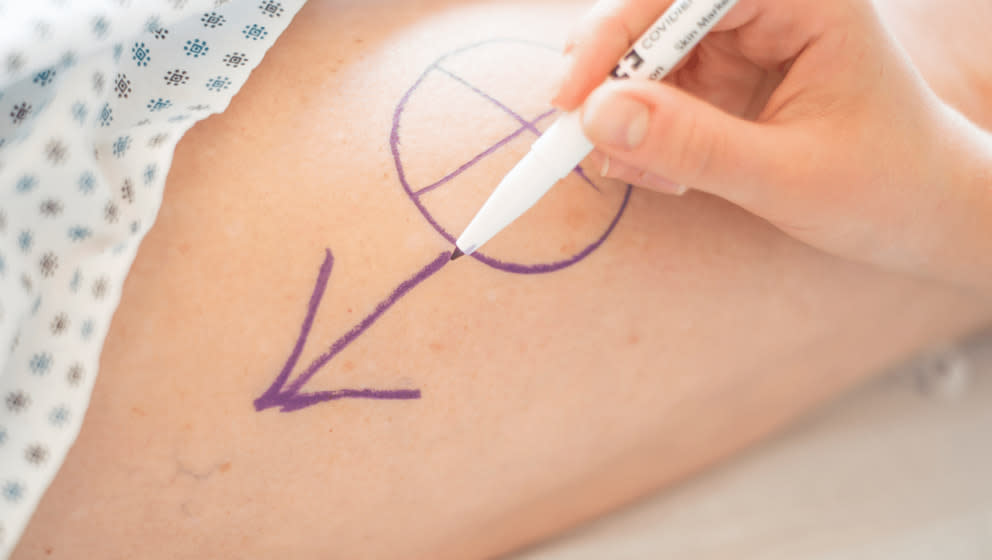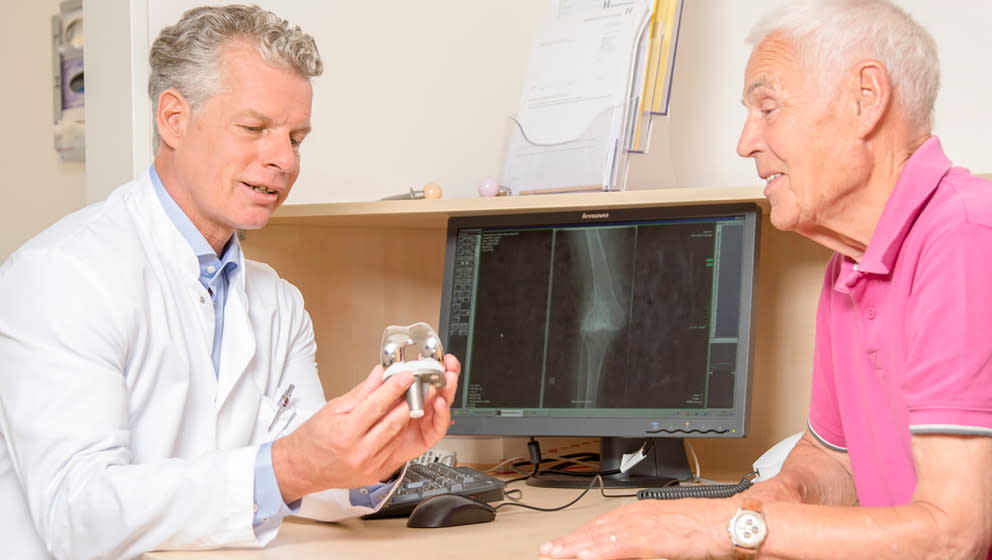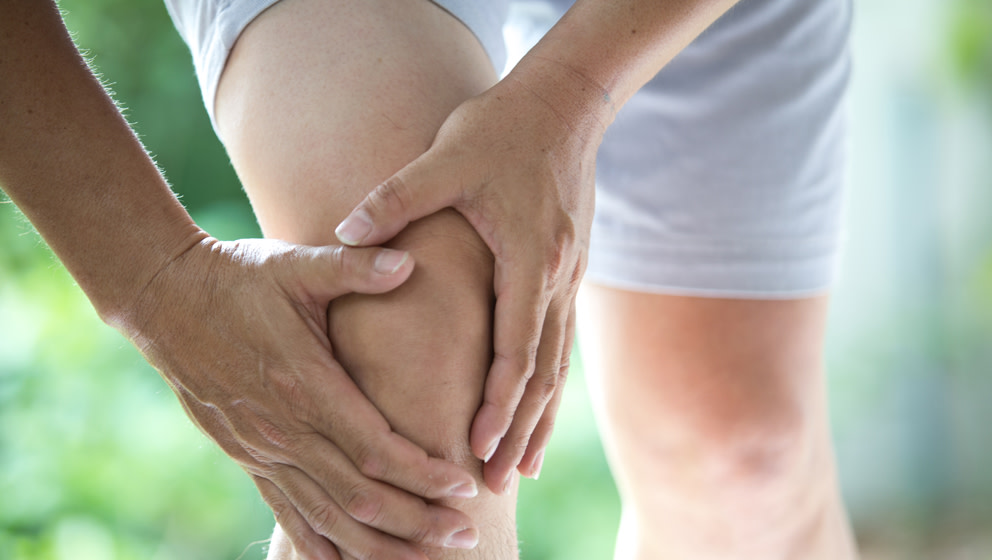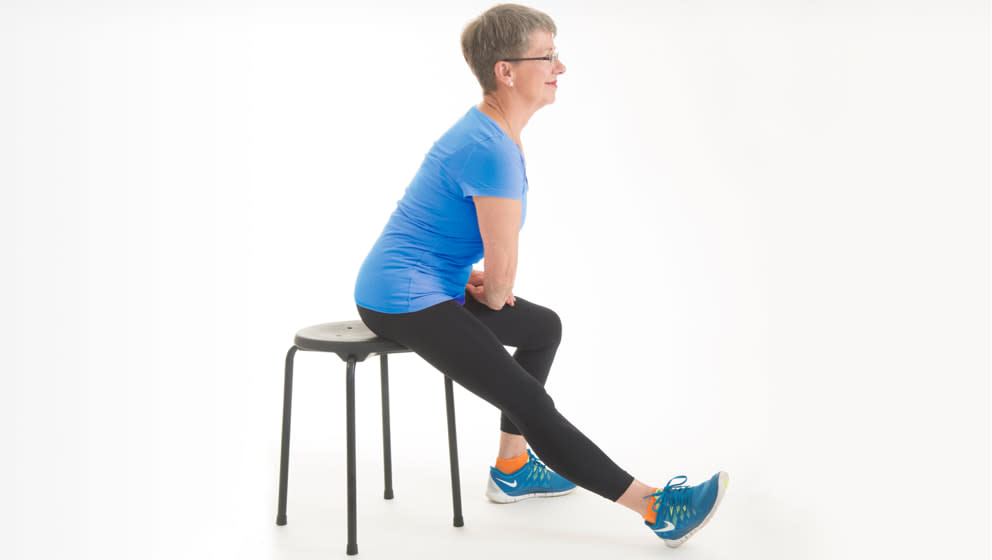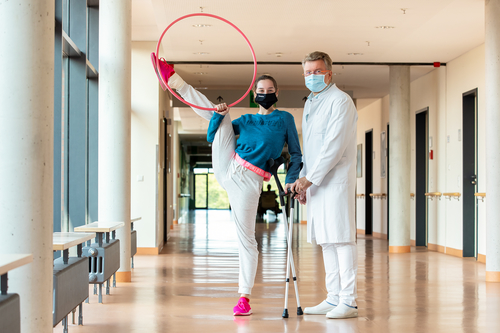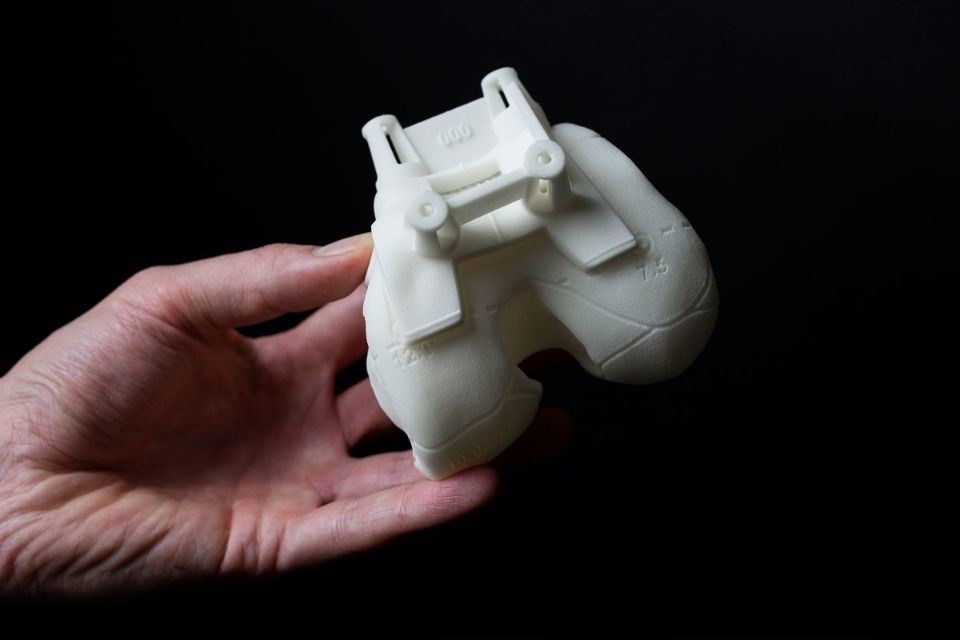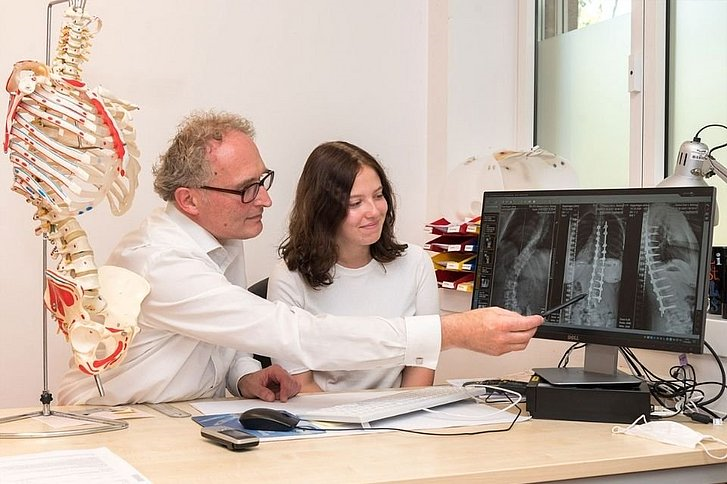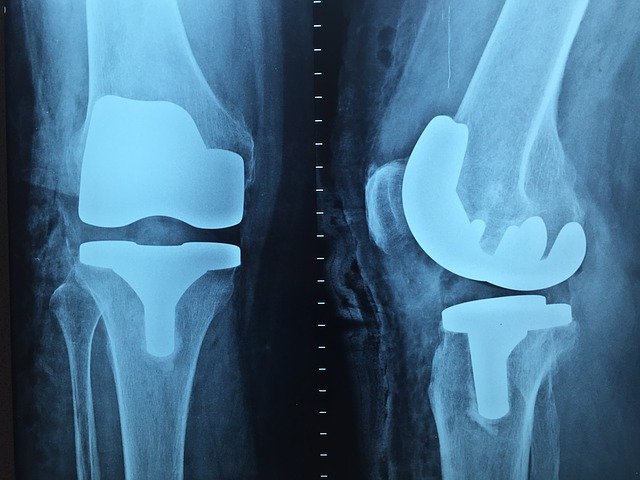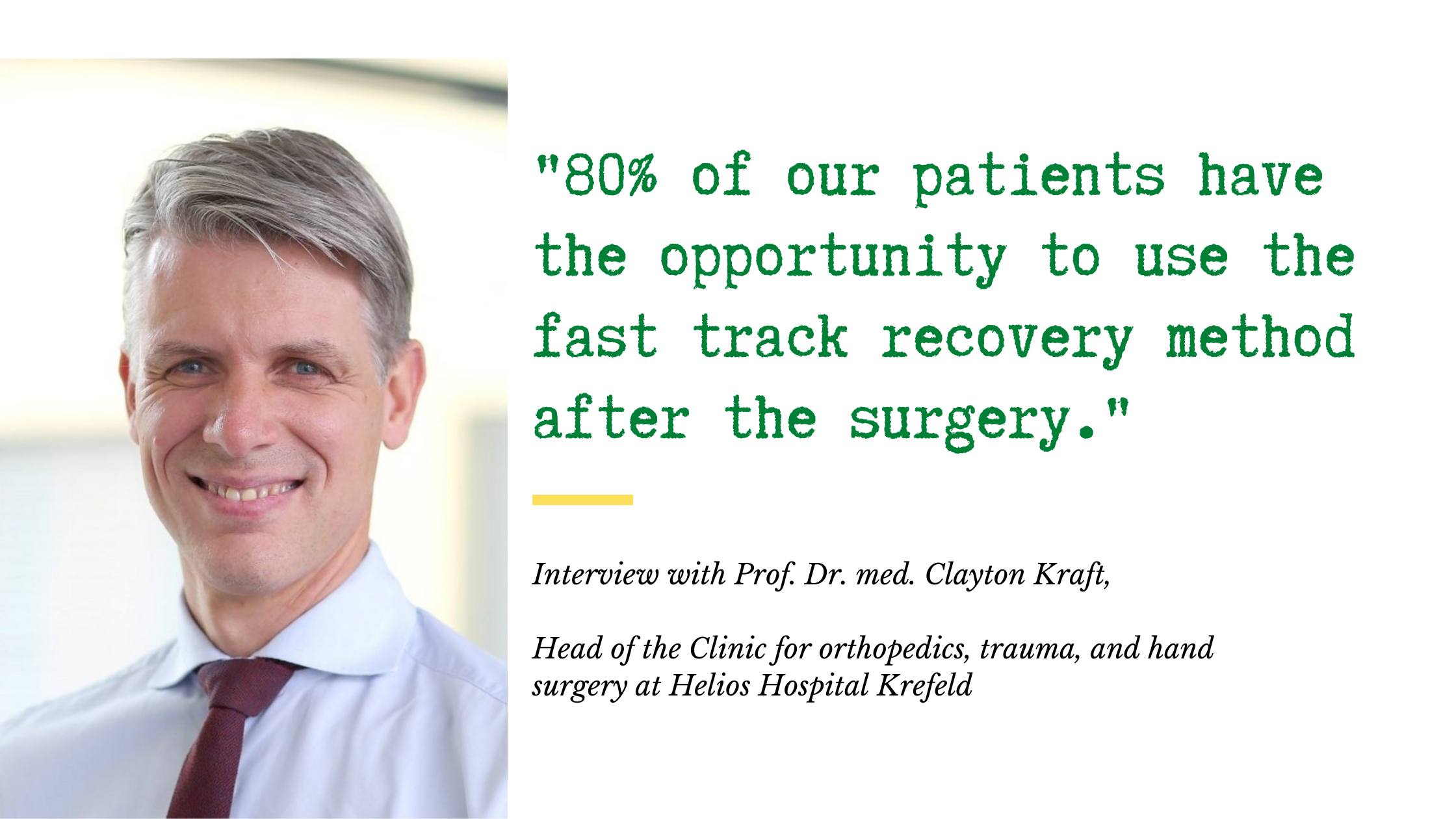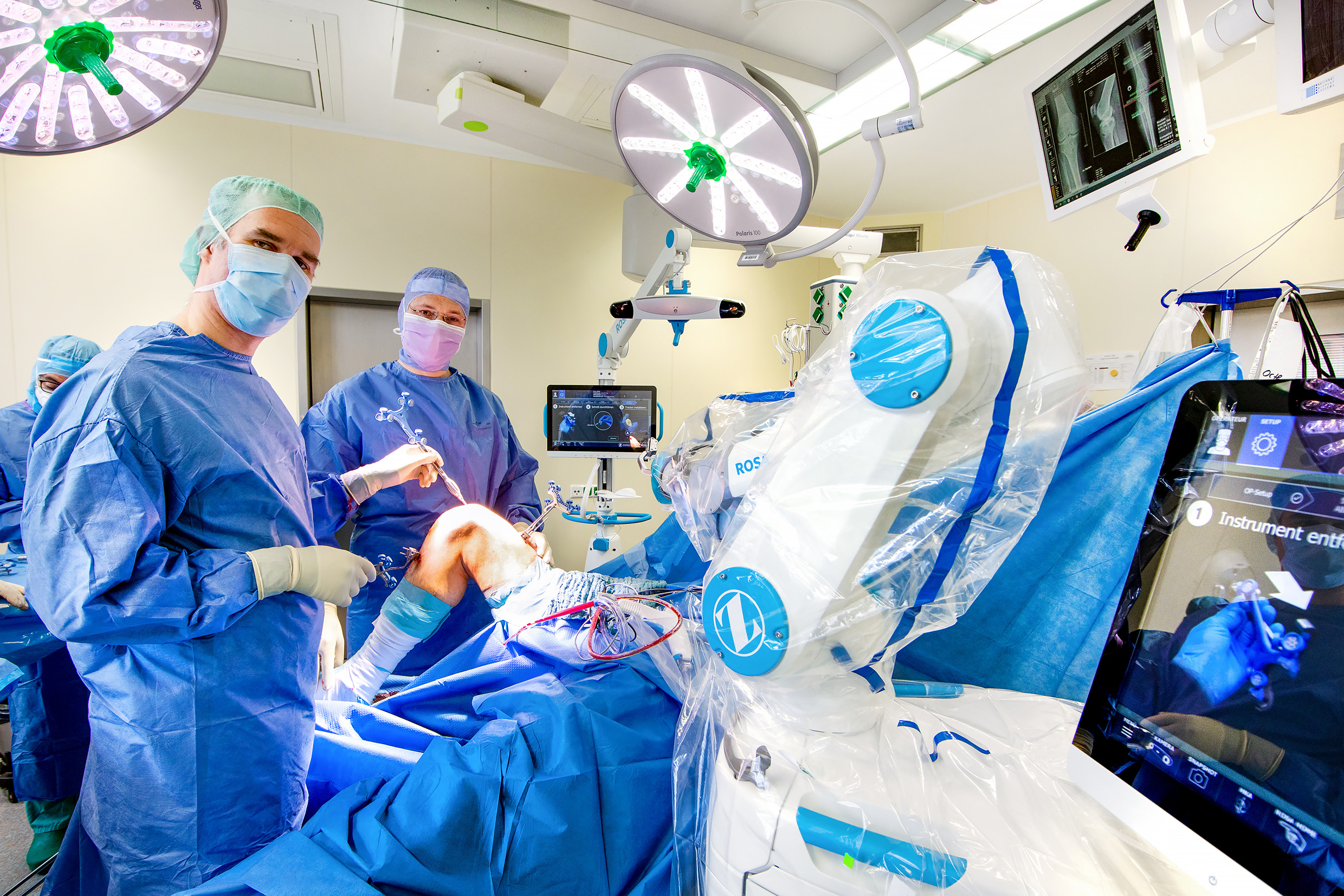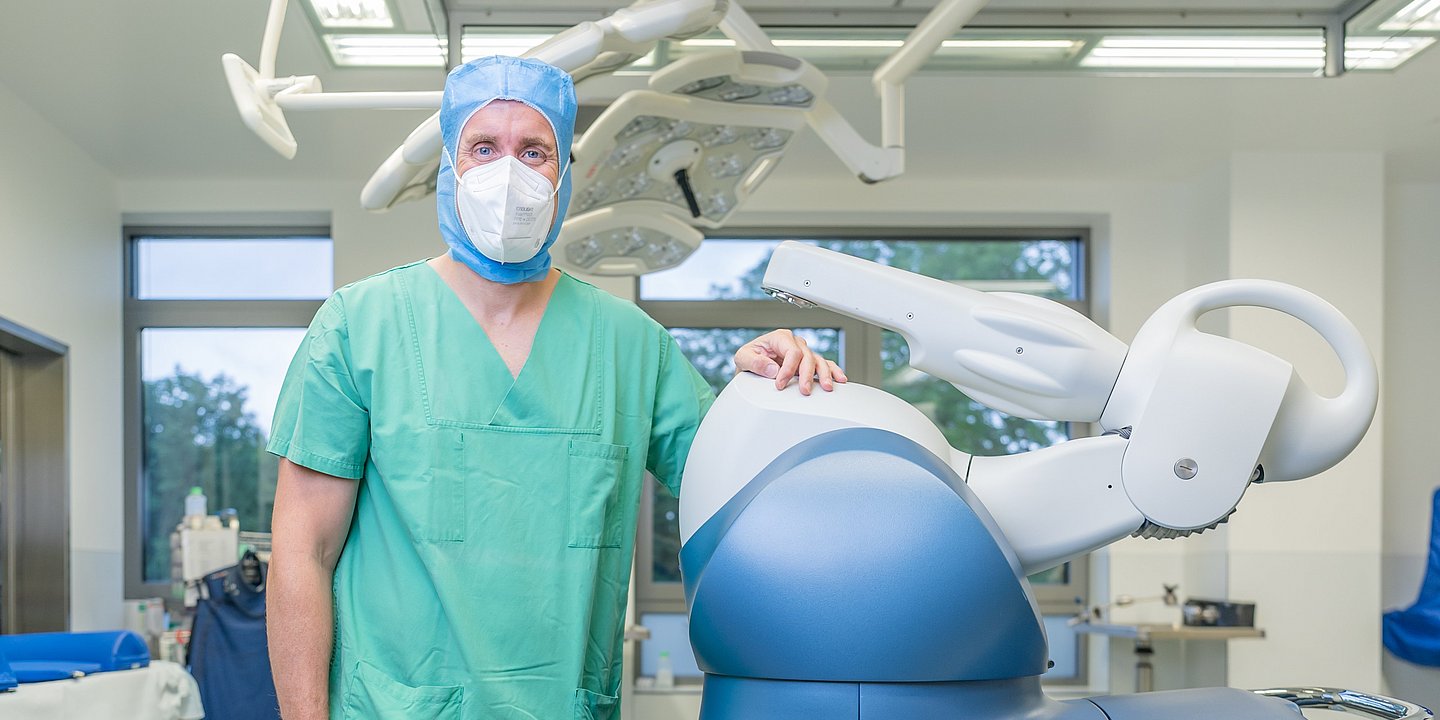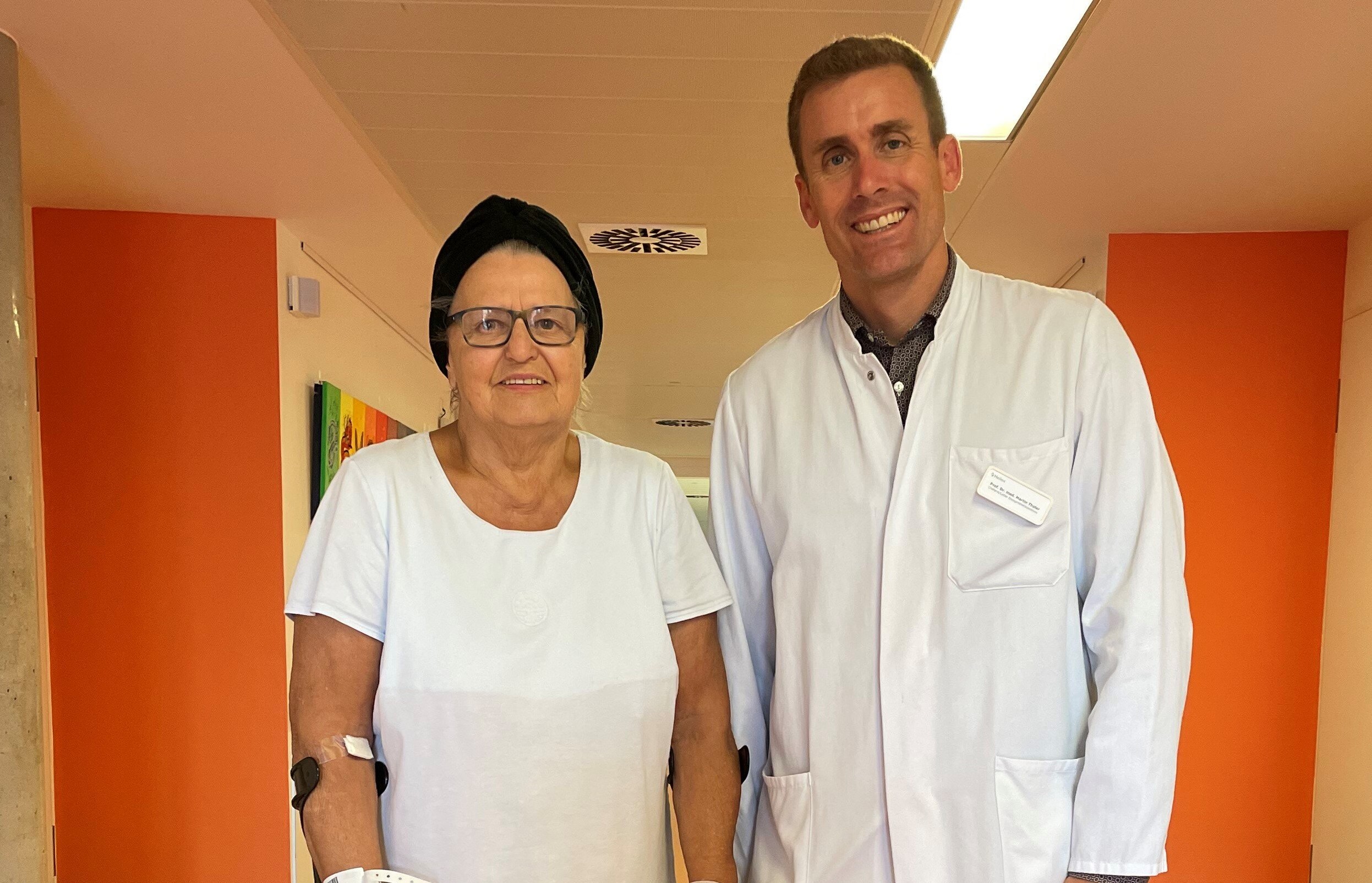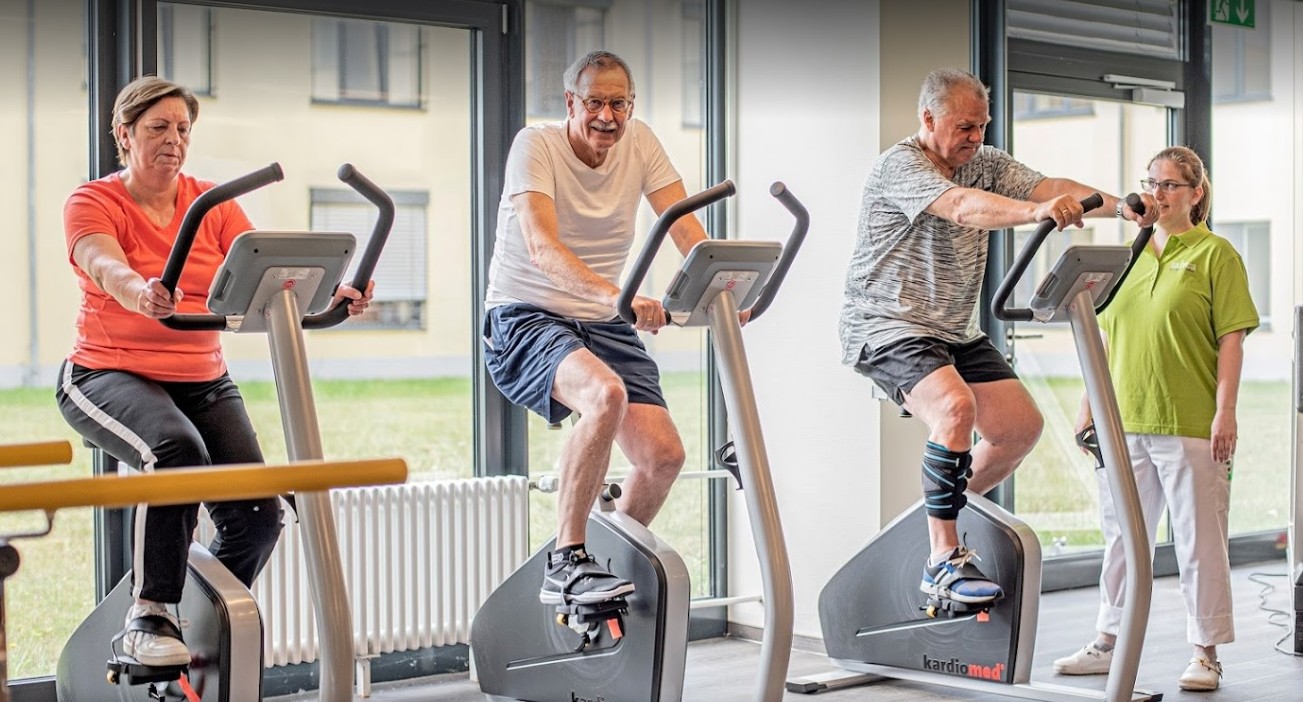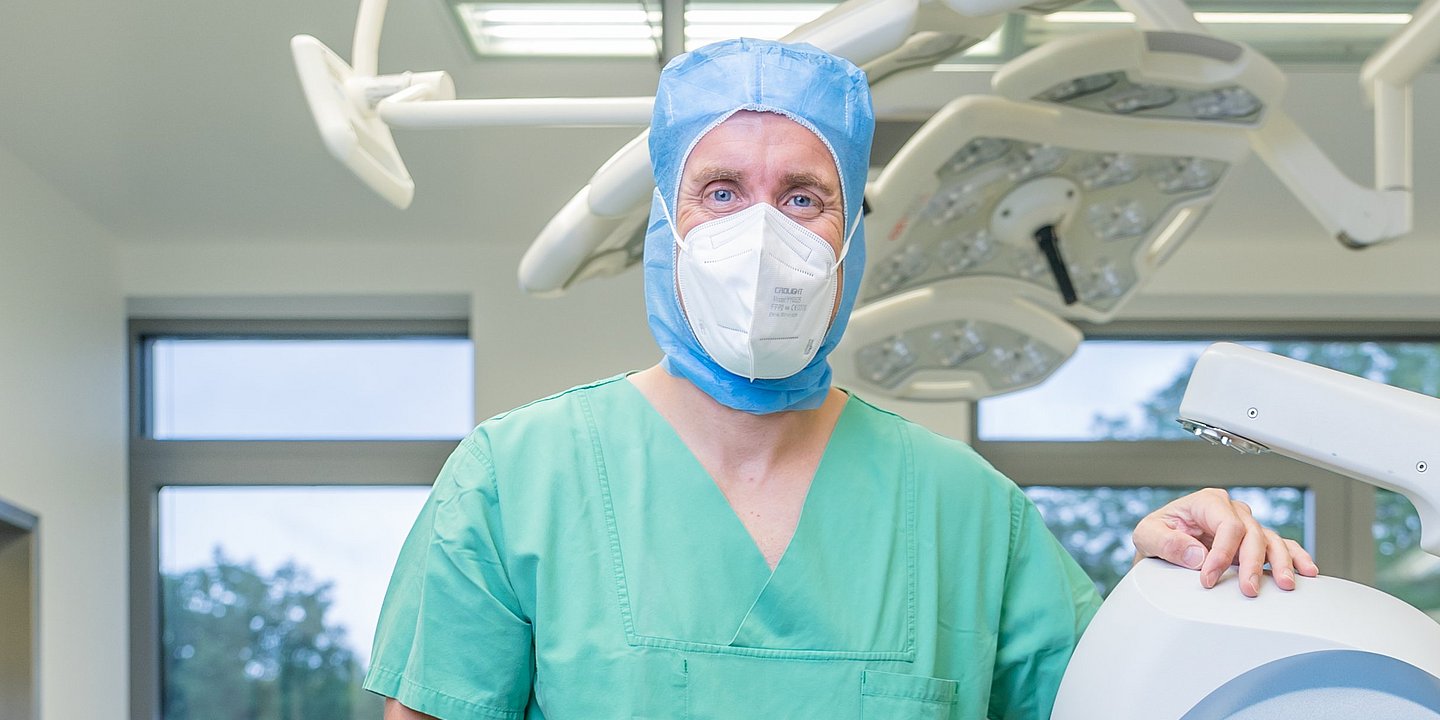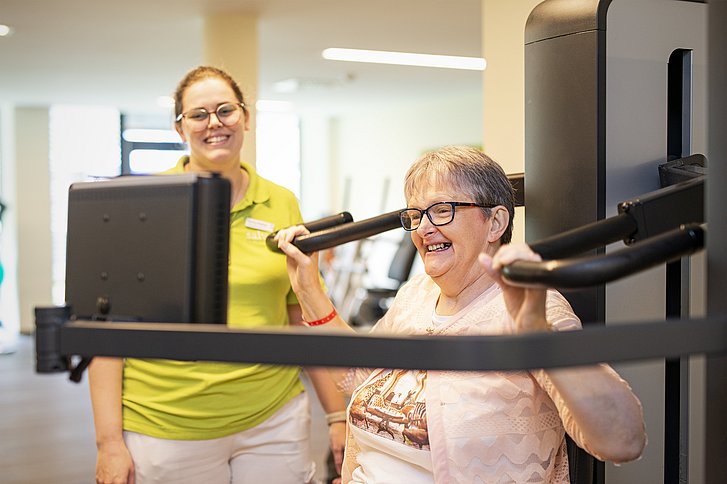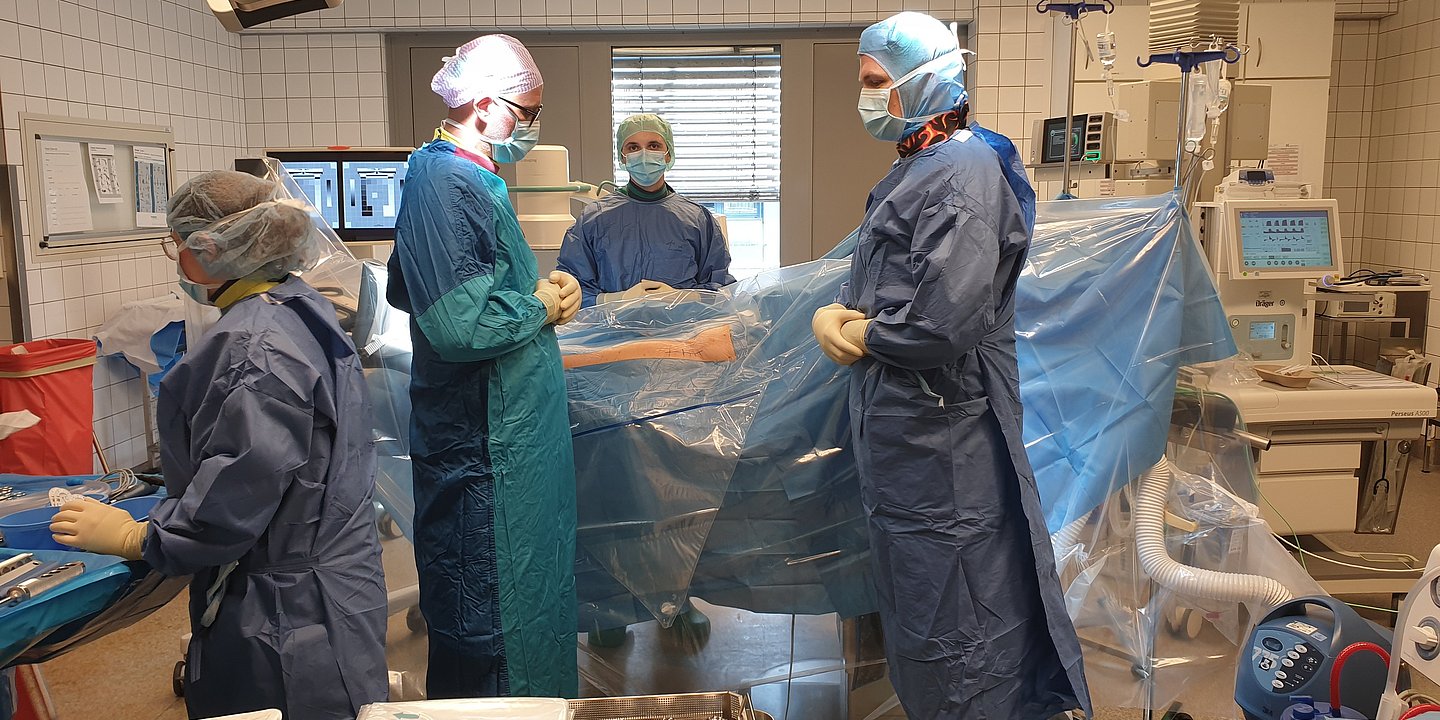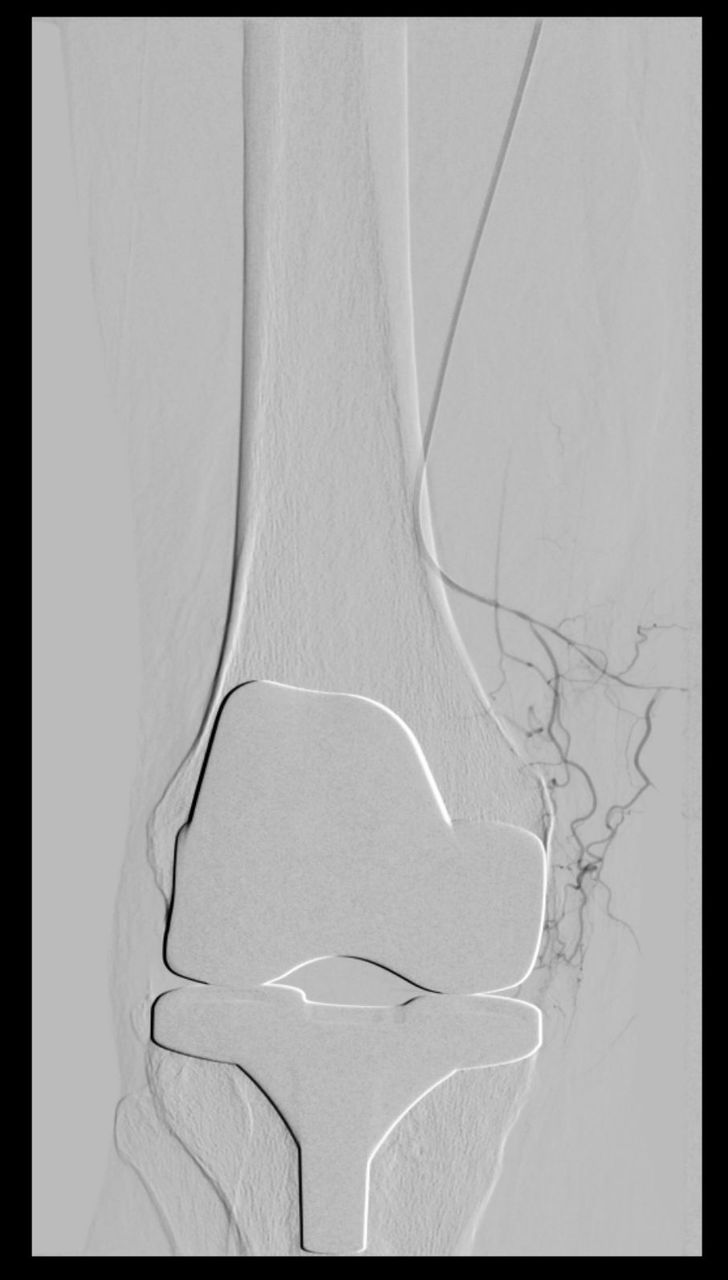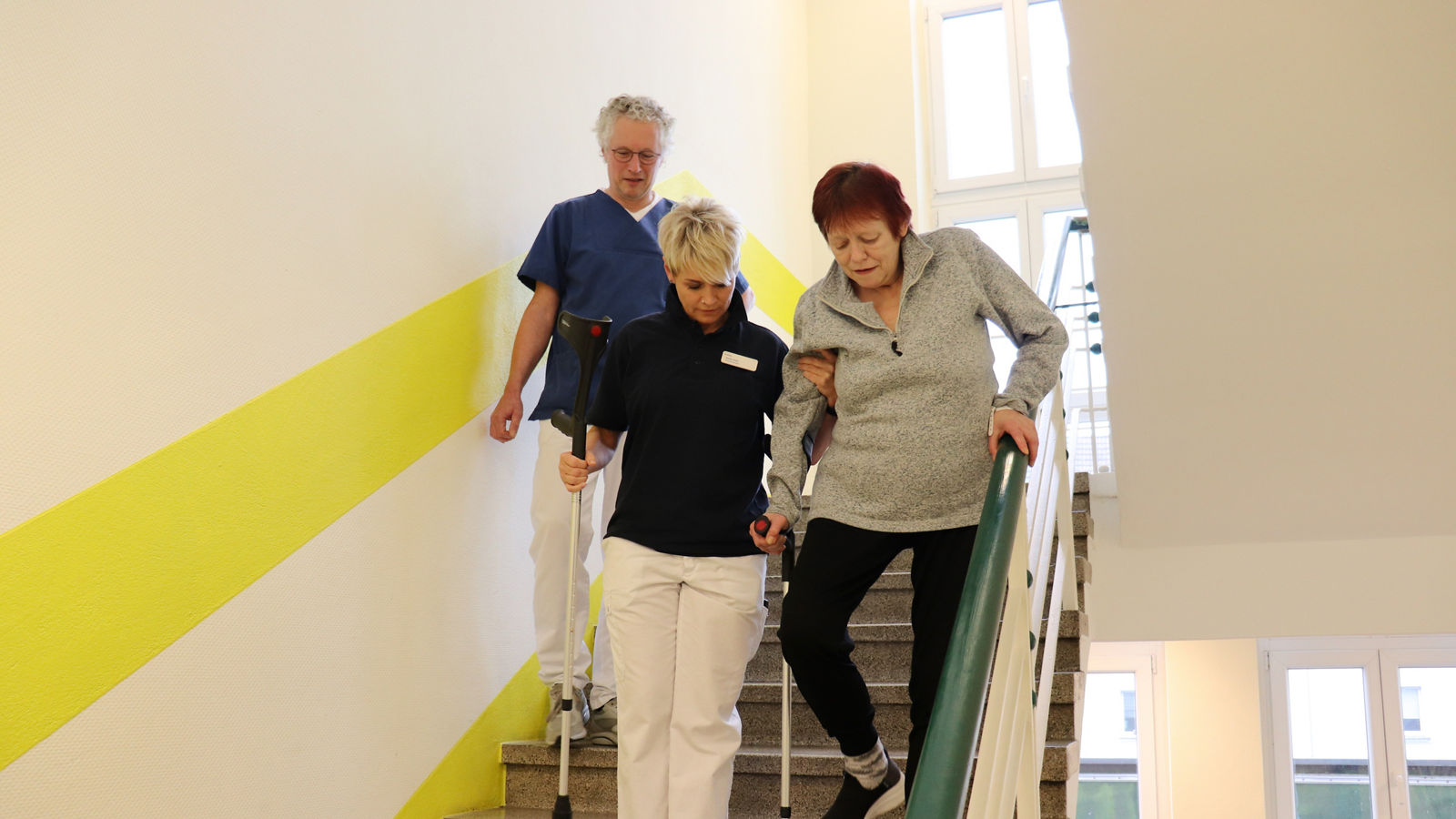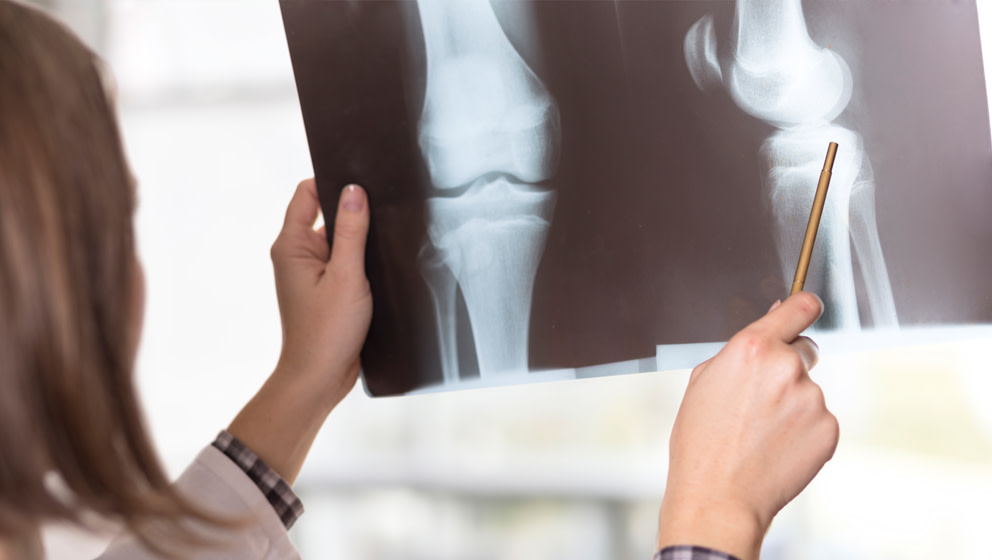
Structure of knee joint
The knee provides a mobile connection between our thigh and shin, it is the largest and most stressed joint in the whole body.
As a so-called pivot joint, the knee can both bend and swivel, which allows us to be very mobile. This kind of knee work is the result of an amazingly effective interaction of various elements of the joint: bones, ligaments, muscles and cartilages.
The largest parts of the knee joint are the femur, tibia and patella. So that the femur and tibia do not collide, between them is a kind of crescent-shaped cushion, consisting of cartilage and connective tissue – meniscus. There are two of them in each knee joint: inner (medial) and outer (lateral). The meniscus, as well as the cartilage layer, which covers the joint surfaces at the ends of the bones, damp hits during movement. Ligaments located between the bones stabilize the joint, and its movements are performed with the help of muscles and tendons.
The two lateral and two cruciate ligaments, as well as the thick tendon from the quadriceps muscle of the thigh, provide joint stability. The lateral (collateral) ligaments restrict the knee joint from the outside, while the cruciate ligaments prevent both the anterior and posterior displacement of the femur and tibia bones relative to each other. The patella ligament connects the muscles of the anterior thigh surface (quadriceps) to the tibial bone. Load on this ligament occurs whenever the leg is bent or straightened. This ligament lengthens the quadriceps lever arm and thus increases the strength of this muscle.
The knee joint is located inside a so-called joint bag, which forms a fluid that nourishes joint cartilage and lubricates the components of the joint. This joint lubrication prevents friction developing in the knee joint. The forces that develop when walking or jumping are quenched as if in a car shock absorber. And this is a very significant load. For example, if a man with an average weight of 76 kg climbs up the stairs, then his knee joints are as much as 240 kg.

